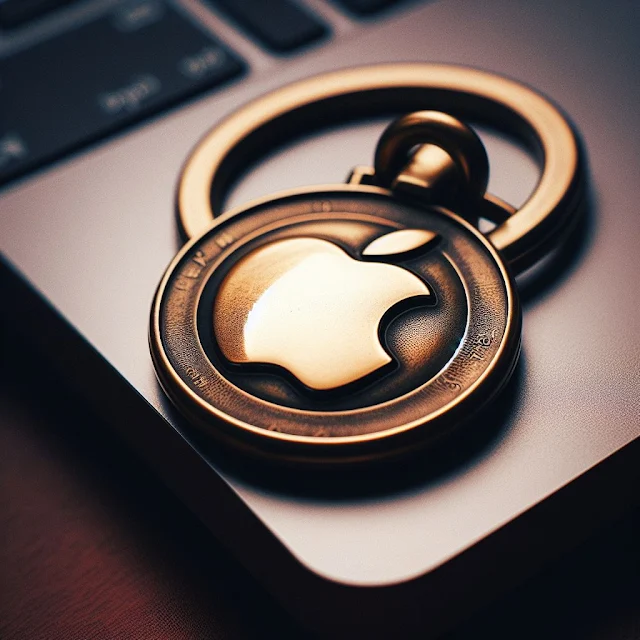If you're a Mac user, you may have come across the term "keychain"
while using your device. But what exactly is a keychain, and how can you find
it on your Mac? In this article, we will delve into the details of keychain on
Mac and provide you with a step-by-step guide on how to locate and access it
efficiently.
(ads)
What is Keychain on Mac?
Keychain is a secure password management system integrated into macOS and iOS operating systems. It stores sensitive information such as passwords, certificates, private keys, and secure notes in an encrypted format, providing a convenient and secure way to manage your credentials across different applications and services.Keychain plays a crucial role in safeguarding your personal data and ensuring that your sensitive information remains protected from unauthorized access. By storing your passwords in keychain, you can access them securely without the need to memorize each one individually, making it easier to log in to various accounts and services.
How to Find Keychain on Mac
Now that you have a basic understanding of what keychain is, let's explore how you can find and access it on your Mac. Follow these simple steps to locate keychain on your device:1. Launch the Keychain Access Application
To access keychain on your Mac, you will need to open the Keychain Access application. You can do this by following these steps:- Click on the "Finder" icon located in the Dock.
- Go to "Applications" and open the "Utilities" folder.
- Locate the "Keychain Access" application and double-click on it to launch the program.
2. View and Manage Keychain Items
Once you have opened the Keychain Access application, you will see a list of keychain items displayed on the left-hand side of the window. These items include passwords, certificates, secure notes, and keys stored in your keychain. You can click on each item to view its details and manage it accordingly.3. Search for Specific Keychain Items
If you are looking for a specific keychain item, you can use the search bar located at the top right corner of the Keychain Access window. Simply type in the name of the item you are searching for, and the application will filter the results to display relevant matches.4. Access Keychain Preferences
To customize keychain settings and preferences on your Mac, you can click on the "Keychain Access" menu located in the top-left corner of the screen. From there, you can access options such as locking keychain, changing keychain password, and setting keychain syncing preferences.Frequently Asked Questions
Q: Is keychain secure on Mac?
A: Yes, keychain is a secure password management system that encrypts and stores your sensitive information in a protected format, ensuring that your data remains safe from unauthorized access.Q: Can I access keychain on my iPhone?
A: Yes, keychain is integrated into macOS and iOS operating systems, allowing you to access and manage your keychain items across different Apple devices seamlessly.Q: Can I add new passwords to keychain manually?
A: Yes, you can add new passwords to keychain manually by clicking on the "+" button within the Keychain Access application and entering the required information for the new item.Q: How often should I change my keychain password?
A: It is recommended to change your keychain password regularly to enhance security and protect your sensitive information from potential threats.In conclusion, keychain is a valuable tool for managing and securing your passwords and other sensitive information on your Mac. By following the steps outlined in this guide, you can easily locate and access keychain on your device, ensuring that your data remains protected and easily accessible whenever you need it. Explore the features of keychain on your Mac and make the most of this powerful password management system to enhance your digital security and convenience.

